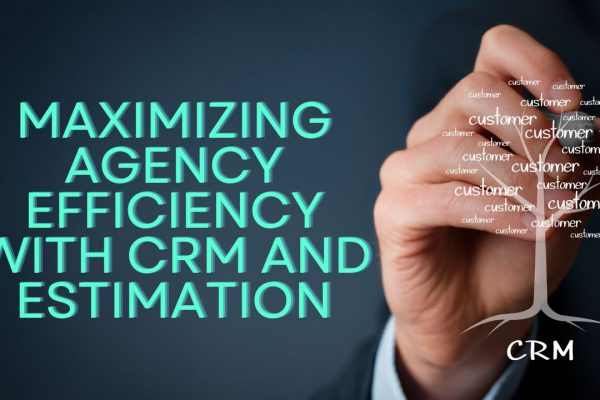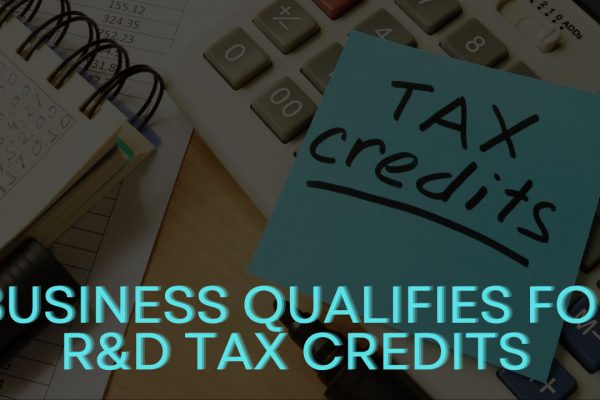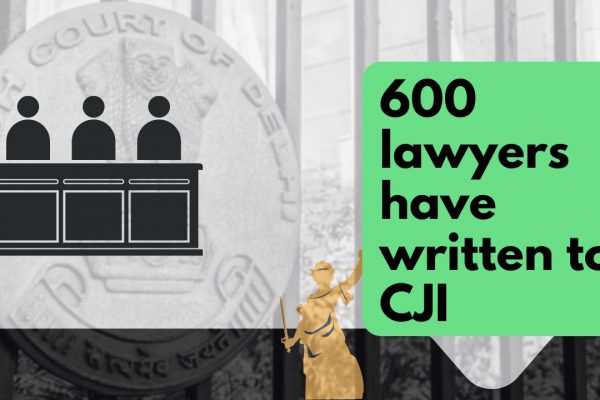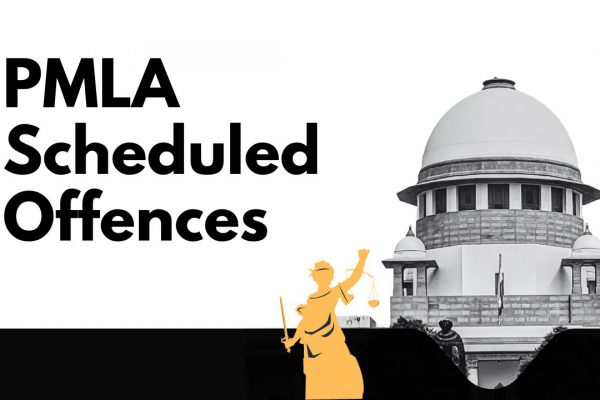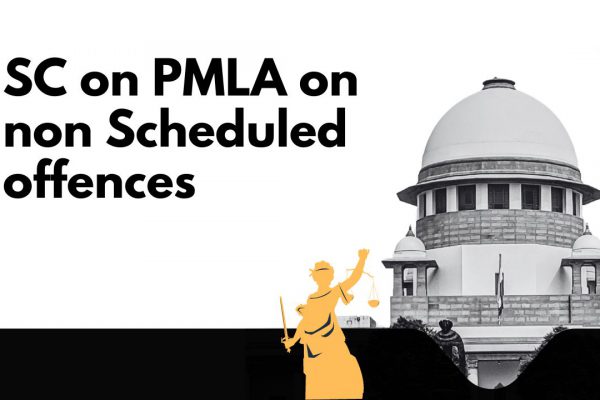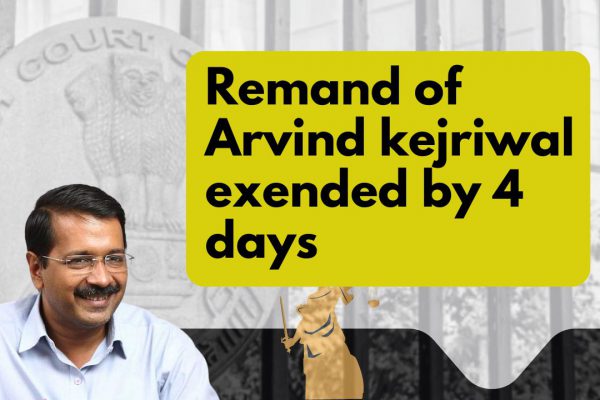ट्रस्ट: कम्पलीट कंप्लायंस” पार्ट 8
- ट्रस्ट: कम्पलीट कंप्लायंस” पार्ट 8
- ग्रांट-इन-ऐड का इनकम टैक्स में क्या ट्रीटमेंट करें, एकाउंटिंग कैसे करें ?
- इनकम टैक्स विभाग का रूख:-
- 8. Methods of Accounting for Government Grants
- 3.I. Capital Approach
- 3.I.A. Accounting of grants as a Proportion of total capital in a business
- 3.I.B. Accounting of grants as a Proportion of total capital in a business
- 3.I.C. Accounting of grants for Specific fixed assets
- 3.II. Income Approach
- नोट:-
ट्रस्ट: कम्पलीट कंप्लायंस” पार्ट 8
ग्रांट-इन-ऐड का इनकम टैक्स में क्या ट्रीटमेंट करें, एकाउंटिंग कैसे करें ?
ग्रांट इन ऐड, पर आयकर विभाग का व्यू क्या है,ज्यूडिशियल रुलिंग्स क्या हैं
1.हमारे देश में ट्रस्ट की फंडिंग डोनेशन से होती थी। डोनेशन का जो चलन था वो दो तरह का था। एक कोरपस डोनेशन। दूसरा ओपन डोनेशन।
2.आजकल फंडिंग एजेंसियां जैसे UN, WHO, भारत सरकार के मंत्रालय जैसे MHRD, UNICEF, MSDF, milenda and Gates foundation, अज़ीम प्रेमजी फाउंडेशन, सेव दी चिल्ड्रन, आगा खान फाउंडेशन, गुड अर्थ फाउंडेशन व कॉरपोरेट्स द्वारा CSR के अंतर्गत फंडिंग होती है। इसमें डिटेल्ड बजट, शर्तें, प्रोजेक्ट कम्प्लीशन पर अगर कोई सरप्लस बचता है तो वह रिफंडेबल होता है।
4. NGO को जो ग्रांट आती है वो एक तरह से NGO को सिर्फ इम्प्लीमेंटेशन एजेंसी के रूप में आती है जिसे हम प्रोजेक्ट ग्रांट/ प्रोग्राम ग्रांट कहते हैं। NGO को फंडिंग एजेंसी headwise बजट देती है। जिसमें कुछ हेड कैपिटल नेचर के होते हैं, कुछ हेड रेवेन्यू नेचर के होते हैं। कुछ हेड में नेचर डिफाइन नहीं होता जैसे फ़ोटो स्टेट 1 लाख रुपए। अब NGO इस एक लाख रुपए से फ़ोटो स्टेट मशीन भी खरीद सकता है जो कैपिटल एक्सपेंडिचर होगा या 1 लाख रुपये तक की फोटोस्टेट बाहर से करा सकते हैं, जो रेवेन्यू नेचर होगी।
3.प्रोजेक्ट ग्रांट के दो issue आते हैं एक तो इनकम टैक्स में ट्रीटमेंट दूसरा एकाउंटिंग व रेवेन्यू रिकग्निशन।
4. पहले हम इनकम टैक्स के ट्रीटमेंट की बात करते हैं।
इनकम टैक्स विभाग का रूख:-
आयकर विभाग कहता है, हमारे यहां तो दो ही टर्म्स हैं। एक तो कोरपस डोनेशन, जो इनकम नहीं मानी जाएगी। आयकर विभाग प्रोजेक्ट या प्रोग्राम ग्रांट को कोरपस डोनेशन नहीं मानता । दूसरा डोनेशन है वोलंटरी कॉन्ट्रिब्यूशन। ग्रांट इन ऐड को वोलुण्ट्री कॉन्ट्रिब्यूशन मानता है।
मेरी राय में जो ग्रांट स्पेसिफिक डायरेक्शन के साथ आती है वह वोलुण्ट्री कॉन्ट्रिब्यूशन नहीं है। मेरे व्यू के सपोर्ट में सुप्रीम कोर्ट का जजमेंट, राजस्थान हाइकोर्ट का जजमेंट व अन्य जजमेंट हैं:-
(i). सीआईटी बनाम टॉलीगंज क्लब 107 ITR 776(sc)
(ii)सीआईटी बनाम बिजली cottons 116 ITR 60(sc)
(iii).सुखदेव चैरिटी एस्टेट बनाम CIT 149 ITR 470 (raj)
(iv). DIT बनाम सोसाइटी फ़ॉर डेवलोपमेन्ट अल्टरनेटिव्ज 18 टैक्समैन. कॉम 364 (delhi)
(v). SIDUR बनाम DCIT 90 ITD 493 (Hyd)
(vi) Nirmal एग्रीकल्चरल सोसाइटी बनाम ITO 71 ITD 152 (Hyd)
(vii). DIT(Exemption) बनाम श्री रामकृष्ण सेवा आश्रम 80 CCH 351 ( कर्नाटका हाइकोर्ट)
हालांकि कुछ जजमेंट्स में कॉन्ट्ररी व्यू भी लिया गया है जैसे
(i). लिटिल ट्रेडिशन बनाम DDIT(E) 119 ITD 127( Delhi),
(ii)नेशनल इंस्टीट्यूट ऑफ immunology बनाम म्युनिसिपल कारपोरेशन ऑफ दिल्ली AIR 2002, Delhi,
(iii).CIT बनाम जेम एंड ज्वेलरी एक्सपोर्ट प्रोमोशन कॉउंसिल 143 ITR 579 (Bombay)
5. प्रोजेक्ट ग्रांट का दूसरा issue है एकाउंटिंग व रेवेन्यू रिकग्निशन, सामान्य ग्रांट के लिए एकाउंटिंग स्टैंडर्ड 12 व IAS-20 के अनुसार एकाउंटिंग हो जाएगी। जहाँ कैपिटल व रेवेन्यू ग्रांट का क्लियर demarcation है व डिटेल्ड बजट नहीं होता वहां तो इस as12 व IAS20 के अनुसार एकाउंटिंग आसानी से हो जाती है। हालांकि IAS- 20 सभी ग्रांट्स को रेवेन्यू ग्रांट ट्रीट करता हैं।
लेकिन जो NGO को बजट के साथ ग्रांट आती है, जिसे प्रोजेक्ट ग्रांट या प्रोग्रामम ग्रांट बोलते हैं, उसकी एकाउंटिंग थोड़ी अलग तरीके से करनी पड़ती है। जिसको नीचे एक्सप्लेन किया है:-
6. NGO को जो प्रोजेक्ट ग्रांट/ प्रोग्राम्म ग्रांट/ tied grant आती है वो एक तरह से NGO को सिर्फ इम्प्लीमेंटेशन एजेंसी के रूप में आती है। NGO को फंडिंग एजेंसी headwise बजट देती है। जिसमें कुछ हेड कैपिटल नेचर के होते हैं, कुछ हेड रेवेन्यू नेचर के होते हैं। कुछ हेड में नेचर डिफाइन नहीं होता जैसे फ़ोटो स्टेट 1 लाख रुपए। अब NGO इस एक लाख रुपए से फ़ोटो स्टेट मशीन भी खरीद सकता है जो कैपिटल एक्सपेंडिचर होगा या 1 लाख रुपये तक की फोटोस्टेट बाहर से करा सकते हैं, जो रेवेन्यू नेचर होगी।
7. ऐसी ग्रांट की एकाउंटिंग के लिए दो अप्प्रोच हो सकती हैं:-
(i) बैलेंस शीट अप्प्रोच:-
इसमें पूरी ग्रांट को फंडिंग एजेंसी के खाते में क्रेडिट करके लायबिलिटी कड़ी कर लें। जितना खर्चा हो गया चाहे कैपिटल नेचर का हो या रेवेन्यू नेचर का फंडिंग एजेंसी को डेबिट करते रहें। फाइनेंसियल ईयर के अंत में कोई बैलेंस बचेगा तो करंट लायबिलिटी में दिखा देंगे। एसेट साइड में कैश व बैंक आ जाएगा।
अब जो एसेट क्रिएट हुई हैं उसको जर्नल एंट्री से एसेट को डेबिट कर देंगे और कैपिटल रिज़र्व को क्रेडिट कर देंगे। बैलेंस शीट true एंड फेयर हो जाएगी। एसेट्स सही डिस्क्लोज़ हो गई। लायबिलिटी में एसेट के बराबर कैपिटल रिज़र्व आ गया। अगर बुक्स में डेप्रिसिएशन लगाएंगे तो कैपिटल रिज़र्व से एडजस्ट हो जाएगा। सीधे कैपिटल रिज़र्व को डेबिट करके एसेट को क्रेडिट कर देंगे, डेप्रिसिएशन की अमाउंट से। डेप्रिसिएशन की इनकम एंड एक्सपेंडिचर एकाउंट में कोई एंट्री नहीं होगी।
Shortcoming:-
इस अप्प्रोच में बैलेंस शीट तो सही बनेगी। लेकिन इनकम एंड एक्सपेंडिचर एकाउंट में कोई एक्टिविटी नजर नहीं आएगी।
(ii) इनकम एंड एक्सपेंडिचर अप्प्रोच:-
इस अप्प्रोच में पूरी ग्रांट को इनकम में क्रेडिट कर दिया जाएगा। उधर बैंक डेबिट हो जाएगा। ज्यों ज्यों खर्चा होता जाएगा सम्बन्धित खर्चे को डेबिट, बैंक को क्रेडिट करते जाएंगे। रेवेन्यू खर्चे इनकम एन्ड एक्सपेंडिचर एकाउंट में आ जाएंगे। फिक्स्ड एसेट बैलेंस शीट में आ जाएंगे। फिर जितने की फिक्स्ड एसेट क्रिएट हुई है उतनी ग्रांट को डेबिट करके कैपिटल रिज़र्व को क्रेडिट कर देंगे। फिर अगर कोई ग्रांट unspent बच जाती है तो उतनी अमाउंट से ग्रांट को डेबिट करके, फंडिंग एजेंसी को क्रेडिट कर देंगे।
नेट रिजल्ट यह आएगा कि बैलेंस शीट में एक तरफ फिक्स्ड एसेट व दूसरी तरफ लियाबिलिटीज़ में फिक्स्ड एसेट के बराबर कैपीटल रिज़र्व आ जाएगा। इनकम एण्ड एक्सपेंडिचर एकाउंट की क्रेडिट साइड व डेबिट साइड दोनों बराबर हो जाएंगी। डेप्रिसिएशन लगाएंगे तो कैपिटल रिज़र्व को डेबिट व एसेट को क्रेडिट करेंगे।
इस मेथड में ग्रांट इन ऐड के लिए एकाउंटिंग पालिसी लिखी जाएगी कि ” ग्रांट इन ऐड के उसी हिस्से को रेवेन्यू recognise किया गया जो रेवेन्यू मद में खर्च किया गया, कैपिटल मद में खर्च किया गया, उस हिस्से को कैपिटल रिज़र्व में ट्रांसफर कर दिया एवम unspent हिस्से को लायबिलिटी में ले जाया जाता है।”
यह अप्प्रोच व्यवहारिक है। इनकम एन्ड एक्सपेंडिचर एकाउंट में भी एक्टिविटी नजर आती हैं। ज्यादातर NGO इसी सिस्टम को फॉलो करते हैं।
8. Methods of Accounting for Government Grants
There are two methods outlined by the AS to account for the government grants:
I. Capital approach
II. Income / Revenue approach
The method of accounting for any grant is always based on the nature of the grant received. The grants are recognized only where certainty exists for the fulfillment of conditions and the ultimate collection of such grants.
3.I. Capital Approach
To state simply, these grants are treated as a part of capital or shareholder’s funds. These are such grants which are given as a proportion of total investment in a business.
Ordinarily, the government does not expect repayment of such grants. Due to this reason, such grants are credited to the capital or shareholder’s funds.
These grants are divided primarily into three types:
A) Non-monetary grants
B) The proportion of capital in a business
C) For specific fixed assets
3.I.A. Accounting of grants as a Proportion of total capital in a business
The non-monetary grants are those which are given in the form of resources such as land, building. These grants are usually given at a concessional rate or for free. These grants should be accounted for at the acquisition cost or nominal value (if given free of cost).
3.I.B. Accounting of grants as a Proportion of total capital in a business
Where grants are of such nature that they are treated as a proportion to total capital in a business, they are treated as Capital Reserves and shown as Capital Reserve in the Balance Sheet. This way the amount received will not have any effect on Income Statement or Fixed Assets carrying amount. This means that such amounts cannot be distributed as a dividend to shareholders. Also, they are not eligible to be considered as deferred income.
3.I.C. Accounting of grants for Specific fixed assets
These are such grants which have a primary condition attached to them:
i. The organization receiving such grants must either Construct, Acquire or Purchase such specific fixed assets for which such grant is given.
ii. Other conditions may also be imposed as the type of assets, location of assets, period of acquisition, etc.
Two methods are prescribed for recognition of grants in the form of grants for specific fixed assets:
Method 1 – The amount of grant is reduced from the gross amount of the asset to calculate book value. This signifies that the grant is being recognized in profit and loss account as a reduced charge of depreciation over the life of such assets.
Method 2 – The grants are treated as a deferred income in the financial statements. This income is recognized gradually in the profit and loss account over the useful life of an asset or say in the proportion of depreciation on such assets.
3.II. Income Approach
Grants which relate to revenue are credited to the profit and loss account as ‘Other Income’. They can also be deducted from the related expenses in the profit and loss account. For example:- Grants for electricity expenses of a manufacturing entity.
नोट:-
यह पोस्ट सिर्फ विभिन्न पहलुओं पर विचार मंथन के लिए है, व्यवहार में लेने के लिए, सिर्फ सीए इंस्टिट्यूट के एकाउंटिंग स्टैंडर्ड, guideline व अन्य सरकारी दिशा निर्देश ही मान्य होंगे
If you already have a premium membership, Sign In.
 CA Raghuveer Poonia
CA Raghuveer Poonia
Jaipur, India
Since 1995, He is handling all aspects of trust- income-tax registration u/s 12A, 80G, 10 (23C), compliance work, FCRA, foreign grants, NITI Ayog registration, Auditing, due diligence of channel partners, GST on NGOs, Income Tax scrutiny related to NGO/NPO and Social Service Organisation (Society/Trust/section 8/25 of companies act). This is the core area of practice and he has been handling the most complex cases pertaining to the above aspects. He is handling litigation /cases/matters related to income tax, before the Assessing Officer, CIT Appeals, ITAT across India. He is handling litigation /cases/matters related to GST, before adjudicating authority, Commissioner (Appeals) across India. He provides consultancy and opinions on income tax and GST matters for corporates and B2B. He is a regular panelist on TV debates as an expert in the matters of economy, taxation, Income Tax, GST, etc. He is a regular blogger and avid contributor on Income Tax, GST, and current economic issues. He also, handle issues related to ED investigation under PMLA. He also handles matters before NCLT regarding IBC and Company Law. He is a regular speaker in seminars/webinars. He has developed a new passion to be a YouTuber on the core matters mentioned above.



